15% off £20
Ultimate guide to biohacking: Fad or fab
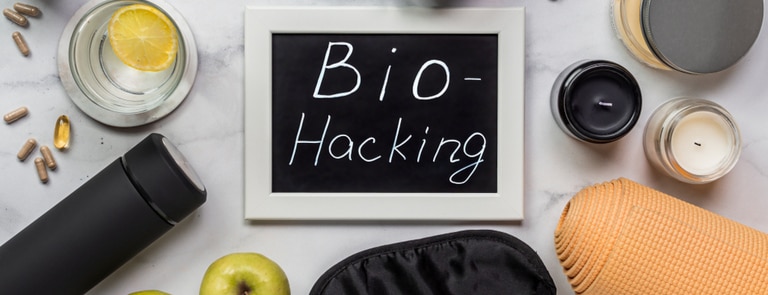
Otherwise known as DIY biology, biohacking is a concept that has become popular with the masses – especially those who are making a deliberate effort to look after their health.
Biohacking essentially means you’re making lots of small lifestyle changes or additions to your daily routine, that are backed by science, in order to increase or maintain your health.
These small acts all add up to change your natural physiology and chemistry, which if done correctly and safely, may be able boost your energy levels and general vitality.
While looking after yourself with the aid of supplementation and exercise has been around for a long time.
The term ‘biohacking’ was first used back in 1988 by the Washington Post, in an article written about the future of personal health and how biotechnology will be used to change the genetics of living beings.1
The different types of biohacking
Biohacking as a concept is a broad one, so it can be broken down into four key types:
- Nutrigenomics – the Journal of Environmental Health published a study in 2007 all about this area. It defined nutrigenomics as “the study of the effects of nutrients on the expression of an individual’s genetic makeup”.2 For those of us who aren’t scientists, this means to use your own genetics as a guide to come up with a bespoke diet to optimise your own health. This type of biohacking is used to improve your physical and mental health – as well as to prevent any conditions you may be prone to from developing.
- Grinder biohacking – taking nutrigenomics to the next level, Grinder is the most extreme form of biohacking. This is where people perform experiments on themselves with medication, implants and even technology in order to change their own body and aim to become transhuman. We’re talking cyborg level commitment here, so it’s not recommended to try for yourself.
- DIY biology – the clues in the name with this one, as DIY biology refers to a type of biohacking performed by non-professionals in order to come up with new ways to be healthy. However since these experiments can’t be regulated there are a lot of safety, ethical and legal issues that come with it too.
- DIY gene therapy – gene therapy is one of the newer forms of biohacking using something called CRISPR (no not crisps!). This stands for Clustered Regularly Interspaced Short Palindromic Repeats and it is being used by biohackers to alter their own genetics, predominantly to alter their physical features to their own tastes.
We’re sure that after reading the different types of biohacking out there, the easiest, safest and arguably most common is that of nutrigenomics.
But we must stress that if you’re considering trying this, please speak to your GP or a medical professional before making any drastic or sudden changes to your lifestyle.
5 potential benefits of biohacking
Below, we go into the potential benefits of biohacking.
-
Nutrigenomics may help to lower your risk of certain diseases
The same article that we mentioned earlier published by the National Institute of Environmental Health Sciences also discussed how this particular form of biohacking could help with disease prevention.
It explains that nutrigenomics focuses on the DNA sequence variations of SNPs (single-nucleotide polymorphisms), as these account for 90% of all human genetic variation.
It turns out that dietary factors may affect some of the SNPs differently in each person to either increase or decrease the risk of disease.3
Specifically, this area may be able to help with preventing chronic diseases as scientists can now measure variations in DNA – which is what causes chronic disease as opposed to genetic mutations.
-
Nutrigenomics may help you lose weight
The use of nutrigenomics may also help people with their weight, especially if they are prone to obesity.
The National Institute of Environmental Health Sciences article that we’ve been referencing throughout the guide also touched on this idea, stating that five SNPs with a link to increased obesity risk and resistance weight reduction have been identified.4
So this is a promising sign for creating a better approach to obesity than the current one-size-fits-all method.
Instead, nutrigenomics could be used to indicate what sorts of foods to avoid or to eat more of – rather than guessing or usually the same old diets that don’t necessarily work for everyone!
-
Nutrigenomics may reduce symptoms of depression
There’s no doubt that nutrition plays an important role when it comes to our physical and mental health.
But did you know that our genes and the sorts of food we eat interact with each other in a way that could impact certain brain disorders like depression.
Research published by EbioMedicine in 2016 explored how brain gene networks are linked with metabolic and brain disorders.
In the article they state that, “genes affected by fructose significantly overlapped with human GWAS genes for brain disorders”, which highlights the connection between our genes and our eating habits. And that’s where nutrigenomics comes in.5
-
Nutrigenomics may help with blood pressure
Again, this type of biohacking may have a role in supporting people with blood pressure issues.
Research by the American Heart Association found that two variations of the same gene reacted differently to high salt intake, with one type experiencing increased blood pressure and the other type staying within the parameters.6
Another science paper published in 2019 by The Journals of Gerontology used nutrigenomic analysis to study the effect of blueberries on blood pressure.
They found that there was a 13-fold increase in expression of miR-181c after wild blueberry consumption, and concluded that based on this nutrigenomic data, dietary (poly)phenols like those in blueberries have anti-inflammatory properties, making them attractive candidates for dietary cardiovascular disease prevention strategies.7
-
Nutrigenomics may support your gut health
Last up in our list of the benefits of biohacking is the potential to support with gut health issues.
Studies in nutrigenomics have found that certain chronic gut conditions, such as Inflammatory Bowel Disease, are not only linked to inherited genes, but also other variants. It’s these variants that are said to cause disruptions to bacterial homeostasis in the gut, and the microbiota in people with these conditions is altered.8
What are the dangers of biohacking?
While biohacking is becoming pretty trendy, we wouldn’t recommend that you start experimenting on yourself Frankenstein style.
In fact, doing so could lead to some very serious health complications… find out more of the dangers of biohacking below.
-
It may cause cancer
It goes without saying that implanting yourself with foreign objects isn’t the best idea, but it can be even more dangerous than you might think.
For example, in 2015 the Journal of Autoimmunity published research on silicone implants and found that it could increase the risk of getting cancer.9
Messing around with gene therapy could also lead to inducing a tumour if you accidentally edit the wrong part of your DNA.10
-
It may cause chronic infections
The dangers of biohacking when it concerns injecting yourself with foreign objects doesn’t end there. Doing so might also leave you with a nasty chronic infection.
A review from Frontiers in Immunology from 2019 looked into this with chronic-implant related bone infections.
They highlighted that the implant being a foreign material as well as the bacteria that comes with it, can disrupt the regulation of the immune response and misbalance of bone homeostasis in favor of bacterial persistence, bone destruction and chronic infections.11
So you might want to give that type of biohacking a miss…
What is biohacking technology?
Biohacking technology generally refers to the type of biohacking that involves embedding technological equipment into the body.
Think trackable fitness devices but in your body. Biohacking technology involves implants and interventions to enhance body performance, appearance and health.12
This includes anything from electronic tattoos or biostamps, password pills and memory chips, to magnetic implants and guiding/GPS systems.
5 easy ways to start biohacking safely
Want to know about biohacking for beginners without the added dangers?
Check out these safe methods for biohacking and give them a go yourself:
-
Give an elimination diet a go
One of the best ways to try biohacking at home is the elimination diet.
If you’ve ever suspected that you’re allergic to something you’ve been eating but you’re not sure what it is, this biohack may be the way forward for you.13
This is where you get rid of a certain food, one at a time, before slowly re-introducing it to your diet.
After one to two weeks of elimination, you can assess whether your allergies or general health feels better, and see how you go with the reintroduction.
During this phase, you might be allergic to the foods you eliminated if you start to experience these symptoms:
- Rashes
- Breakouts
- Pain
- Fatigue
- Stomach pain
- Diarrhea
- Constipation
- Other abnormal symptoms
-
Drink caffeine
Arguably one of the easiest and most common biohacks that you’ve probably been doing already is drinking caffeine.
Whether you opt for coffee, a cup of English breakfast or a refreshing green tea – these caffeinated drinks are well known for their energy boosting effects.
In order to get the most out of this biohack, you’ll have to consider when you’re having your caffeine fix.
Looking at the science, cortisol (the stress hormone which wakes you up) is highest in the morning and lowest at around midnight, so to be completely efficient with your caffeine, try to avoid having it straight away and leave it until mid-morning or early afternoon instead.14
For loads more info on this, check out our article ‘Is Caffeine Good For You?’.
-
Say farewell to sugar
This one might sadden the sweet-toothed readers, but giving up the white stuff is another great biohack to give a go.
While it may not be easy, giving up sugar might help you to lose some excess pounds, reduce your risk of cavities and even support your heart health.15,16,17
If you don’t know where to start when it comes to saying goodbye to added sugar, don’t worry. Use our guide on ‘How To Give Up Sugar’ to give you a kickstart.
-
Try blue light therapy
When we think of blue light, being told off about going on your phone or watching the telly too close to bedtime usually comes to mind.
But when used in the right way, it can be a pretty easy way to biohack your body.
In fact, research by the American Psychological Association highlights how it can be beneficial too – stating that blue light from the sun can help to improve your mood or enhance your brain function in the day.18
-
Test out intermittent fasting
We all know that what you eat is super important for your health, but what about when you eat?
That’s where the biohack of intermittent fasting comes in.
Generally, this is where people eat in a much smaller window of time than normal – usually fasting for 16 hours and eating in the remaining 8 hours.
Doing so may provide a variety of health benefits, which include:
- Changing your genes and molecules that are linked with longevity and protection from diseases
- Increasing your metabolism
- Enhanced resistance to oxidative stress19,20,21
Who to follow for more biohacking info
If you’re interested in finding out more about biohacking, there are a few key influential figures in this space. They include:
- David Asprey – The Bulletproof Blog
- Ben Greenfield – Diet & Fat Loss Advice
- Joe Cohen – Selfhacked
While this information may be interesting and tempting to try, it can have some very dangerous and unexpected side effects – so it’s worth speaking to a health professional if you want to find out more.
The final say
While some forms of biohacking like nutrigenomics can have some benefits, a lot of other biohacking practices can have some serious implications on your health.
So it’s important to do plenty of research and speak to medical professionals for the best advice in this area.
You also asked...
It’s hard to say exactly what biohacking your body is because there are new types of biohacking being developed all the time. Generally though, it means experimenting on yourself in the name of health.
The extremity of these experiments can span from something like intermittent fasting to injecting yourself with certain medications to try and become transhuman.
Since extreme biohacking is effectively gene editing, there are a lot of ethical and legal complications that come along with it.
While biohacking as a whole isn’t technically illegal, the FDA (Food & Drug Administration) did have to issue a warning on CRISPR gene therapy self-experimentation, as this has to be licensed and approved beforehand by the FDAs Centre for Biologics Evaluation and Research.
Biohacking may be considered bad as Grinders, DIY therapy and DIY gene therapy are far from safe. Without any safety regulations, there are a whole host of things that could go wrong.
Josiah Zayner is a well-known biohacker. But recently, he told The Atlantic that he ‘blames himself’ for the boom in biohacking and believes that ‘people are going to get hurt’ – as it’s now being viewed as a way to get press and media attention.
The advice in this article is for information only and should not replace medical care. Please check with your GP or healthcare professional before trying any supplements, treatments or remedies. Food supplements must not be used as a substitute for a varied and balanced diet and a healthy lifestyle.
Last updated: 26 November 2021
- https://www.washingtonpost.com/archive/opinions/1988/01/31/playing-god-in-your-basement/618f174d-fc11-47b3-a8db-fae1b8340c67/?utm_term=.c8a8c0c5517
- https://www.ncbi.nlm.nih.gov/pmc/articles/PMC2137135/
- https://www.ncbi.nlm.nih.gov/pmc/articles/PMC2137135/
- https://www.ncbi.nlm.nih.gov/pmc/articles/PMC2137135/
- https://www.ncbi.nlm.nih.gov/pmc/articles/PMC4909610/
- https://www.ncbi.nlm.nih.gov/pmc/articles/PMC2810265/
- https://academic.oup.com/biomedgerontology/article/74/7/967/5321875
- https://pubmed.ncbi.nlm.nih.gov/17568628/
- https://www.sciencedirect.com/science/article/abs/pii/S0896841115300275
- https://medlineplus.gov/genetics/understanding/therapy/safety/
- https://www.frontiersin.org/articles/10.3389/fimmu.2019.01724/full
- https://www.sciencedirect.com/science/article/pii/S2405844020307763
- https://www.ncbi.nlm.nih.gov/pubmed/2794292
- https://www.urmc.rochester.edu/encyclopedia/content.aspx?contenttypeid=167&contentid=cortisol_serum
- https://pubmed.ncbi.nlm.nih.gov/23321486/
- https://www.ncbi.nlm.nih.gov/pmc/articles/PMC6242348/
- https://pubmed.ncbi.nlm.nih.gov/26003334/
- https://www.ncbi.nlm.nih.gov/nlmcatalog?term=%22Behav+Neurosci%22%5BTitle+Abbreviation%5D
- https://www.annualreviews.org/doi/full/10.1146/annurev-nutr-071816-064634
- https://www.nature.com/articles/s41598-018-36674-9?utm_medium=affiliate&utm_source=commission_junction&utm_campaign=3_nsn6445_deeplink_PID100090071&utm_content=deeplink
- https://www.cell.com/cell-metabolism/fulltext/S1550-4131(20)30319-3


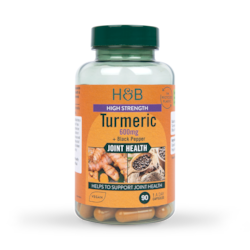
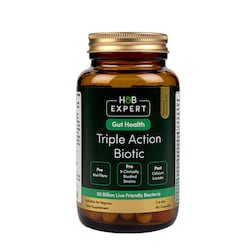
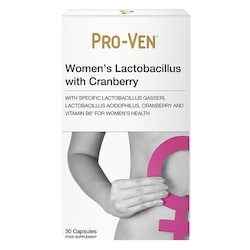
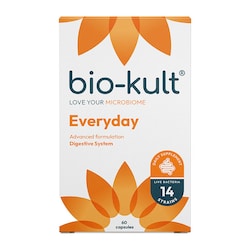
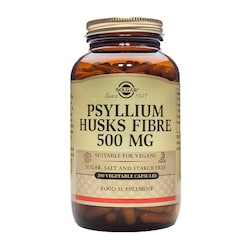
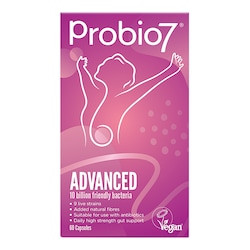
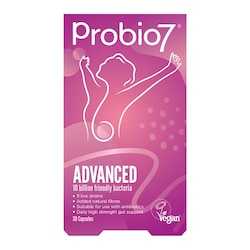
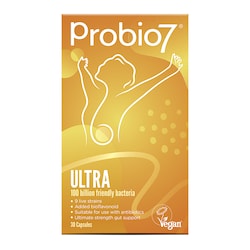

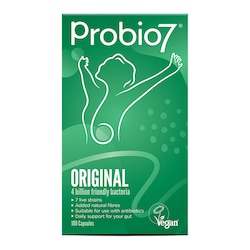
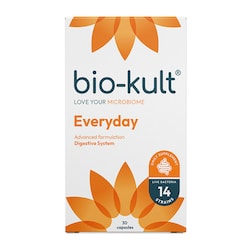
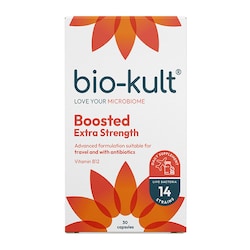
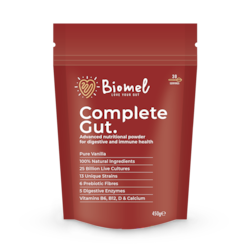
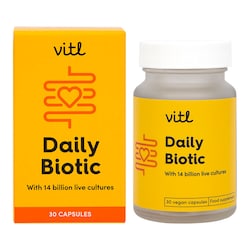
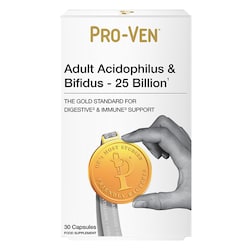
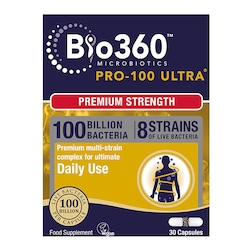
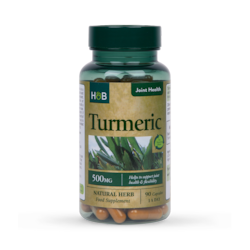
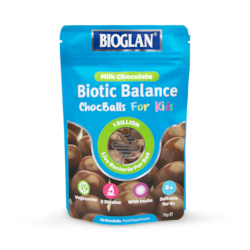
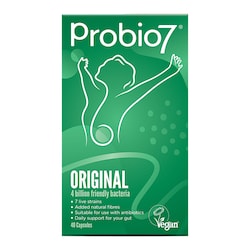
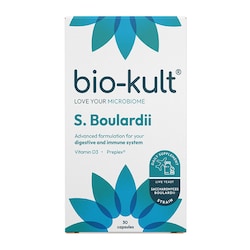

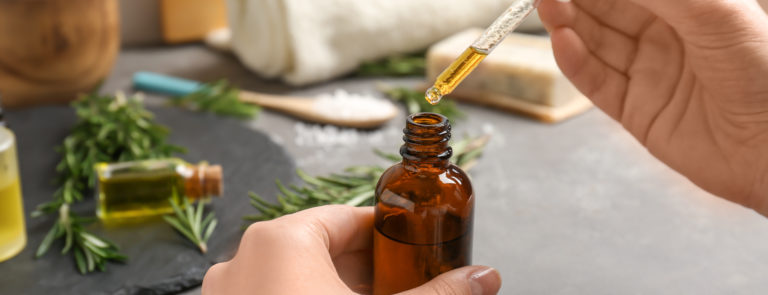
.png)










